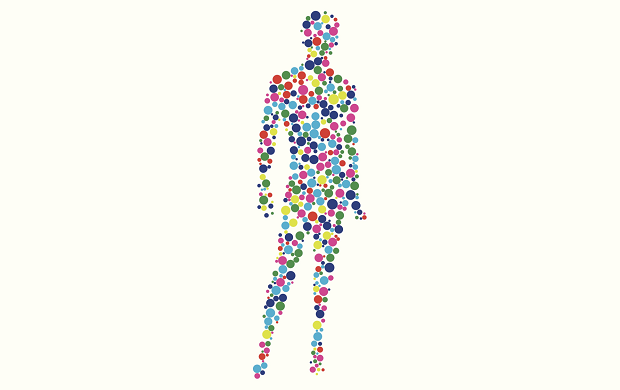
Diversity and Inclusion workers talk a lot about unconscious bias as a barrier to living more inclusively. And because unconscious bias is a natural function of the brain–processing our limited and biased experiences from our culture–we typically think of unconscious bias as happening mostly in the mind. But this is not the whole story. Our bodies too, know things that we may be largely unaware of. We know this intuitively when we say things like “it’s just like riding a bike,” alluding to how our bodies remember actions and feelings from years past—almost unconsciously. Of course our minds and our bodies are connected and talk to each other, but not always in the ways we would hope or imagine. I was reminded this week—in thinking about the recent shootings and the backlash surrounding them–of the power of our unconscious bodies as sources of insight into what unites and divides us.
Like many of you, the recent murder of Alton Sterling, Philando Castile, the police officers in Dallas, and the subsequent backlash from the media and friends, has left me feeling overwhelmed and speechless. One of my coping mechanisms for tragedy is through understanding, so my mind has been racing for explanations or a logical way out—I have found none. But on a Cross-Atlantic flight last week, I found at least a little clarity—and a dash of hope—while watching the film Eye in the Sky. The film, if you haven’t seen it, centers on a single image from the camera of a flying drone. The image is of a hut on a street corner in Kenya that houses a small group of suspected terrorists. The military colonel is set on killing the top terrorist suspect at all costs and orders a fighter pilot to strike the terrorist hut at the first chance he gets. The drama of the film comes at a powerful scene when the pilot sees a small, innocent, Kenyan girl hoola-hooping just feet away from where he’s been ordered to launch his missile.
What struck me most about this scene is how two people watching the same image could be seeing completely different things. And more than that, how their body’s reaction to the image decided where their eyes and mind’s focused. The colonel—far removed from any actual danger in the command center—focuses exclusively on the bodies of the terrorist in a cold, detached manner. And the pilot, once he sees the little girl, reacts with tears, angst, and compassion, and she is all he can see and feel. He does not form arguments about why his hesitancy is morally right; his body just feels it.
In addition to the senseless killing of more unarmed black men at the hands of police, I have been equally overcome by those who seem unmoved, or even stirred to defend, such tragic events. I keep asking myself, how people can be watching the same bloody images and be moved in such widely different ways—some to trauma and heartbreak and others to cold, disinterest. This is why this scene from the movie was so powerful for me. Not because it provided an answer, but because it helped me ask a better question: what do our bodies know?
I’m (sadly) becoming more discouraged at hopeful dialogue for change—especially for those at such opposite ends of the spectrum of these divisive issues—especially on social media. I consistently see fabricated facts, anecdotal “evidence”, biased sources, and grand standing for one’s followers overshadow any progress towards mutual understanding or fruitful exchange. So instead of challenging people’s “facts” and arguments around social justice issues, I want to think about how to better challenge the heart and body. I want to ask people who watch these gruesome videos of police brutality why their body feels more for the cop who killed, than the unarmed man who lost his life. In the same way that our minds have unconscious biases from the information we’ve processed, our bodies have memories from our past experiences.
Tracing the impulses and gut-level reactions of our bodies may be another way into our true desires and sympathies—and not just by what we say with our mouths and minds. More than likely, our bodies feel most deeply for those we’ve had practice touching, loving, and feeling. Our bodies absorb and remember a lot through physical touch and these sensations, like our memories, get inside us and guide our empathy going forward. This is why having different kinds of bodies—across race, gender, age, and sexual orientation—in our lives is so vital for living inclusively. Not only for more complexity for understanding the diverse world around us, but because when tragedy strikes, it will be our bodies that move us to action; not just our knowledge. Facts can shift, deceive, and cover up. Bodies don’t lie. We should listen to them.

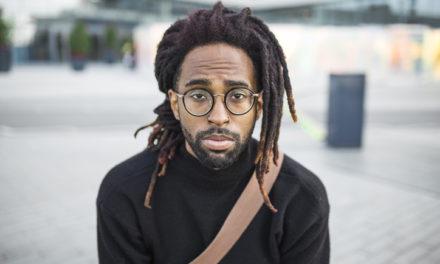
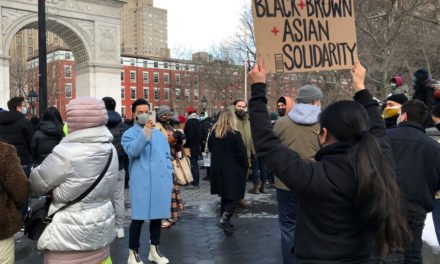
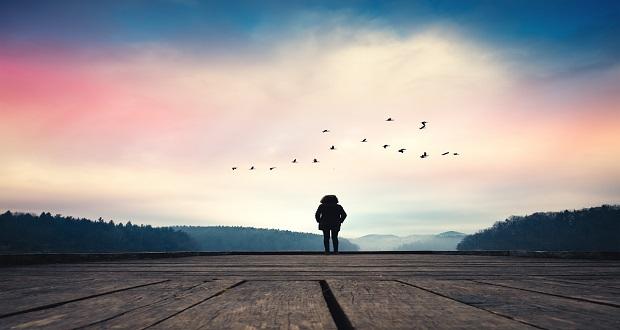
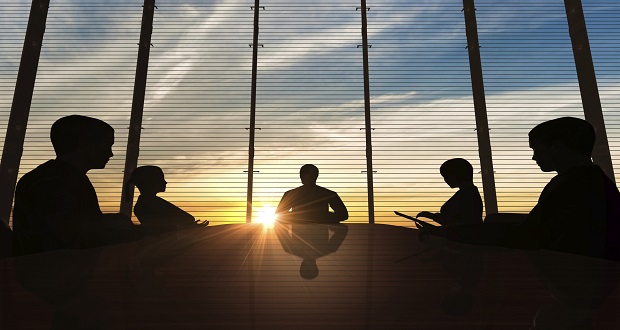














Travis, thank you for sharing this very thought provoking and personal “aha” moment with us all. I will be using these questions of “Bodies”, and what they know and why in my work.
Best regards,
MB
Hi Mario,
Thank you for reading. And I really appreciate your feedback. It means a lot. Feel free to reach out anytime.
TJ